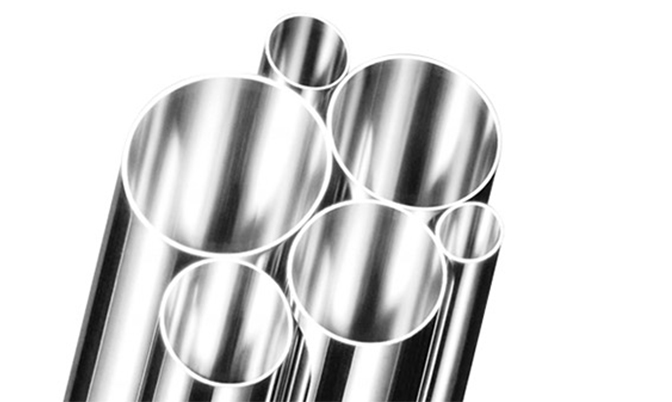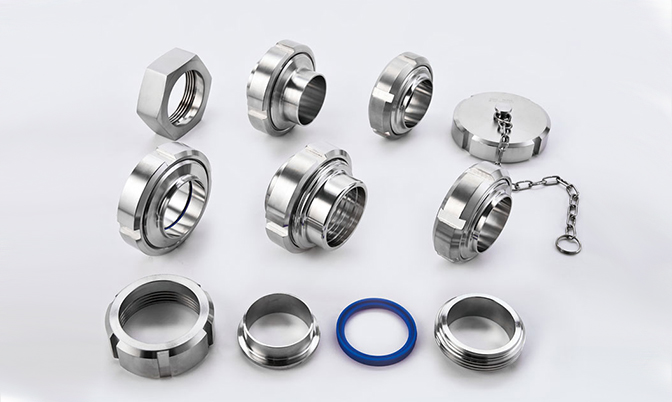Sanitary fittings are specifically designed and used in industries that require hygienic or hygienic conditions, such as the food and beverage, pharmaceutical, biotechnology, dairy and cosmetic industries.
Sanitary fittings play a vital role in maintaining cleanliness, preventing contamination and ensuring the integrity of the entire system. Here are some common uses and applications of sanitary fittings:
1. Connection of sanitary pipes
Sanitary fittings are primarily used to connect sanitary pipes together, providing a safe, leak-free connection while maintaining sanitary conditions.
Sanitary fittings for pipe connections include:
(1)Clamp accessories
(2)Butt welding accessories
(3)Threaded accessories
2. Easy to assemble and disassemble
Plumbing fittings often feature quick-connect or clamp designs that allow for easy assembly and disassembly of ductwork.
This facilitates maintenance, cleaning and sterilization processes, which is crucial in industries with strict hygiene requirements.
3. Health Transition
Plumbing fittings are used to create smooth transitions between different pipe sizes or connection types.
For example, use reducers and expanders to transition between pipes of different diameters or connect pipes with different end connections to ensure smooth and sanitary flow paths.
4. Branch and diverter pipes
Plumbing fittings can create branching or diverted fluid flows in a ductwork system.
Tees and crosses are often used to divert or redirect flow to different process lines or equipment while maintaining sanitary conditions.
5. Device connection
Sanitary fittings are used to connect pipes to various equipment and components in sanitary processing systems.
This includes connections to tanks, vessels, pumps, valves, filters, heat exchangers and other process equipment. Fittings ensure a tight and hygienic connection between pipes and equipment.
6. Clean-in-place (CIP) system
Sanitary ware is an integral part of a clean-in-place system and is commonly used in the sanitary industry.
Sanitary accessories connect CIP spray balls, CIP nozzles and other cleaning equipment to ensure thorough and efficient cleaning of internal system surfaces.
Sanitary fittings are designed to comply with specific standards and regulations, such as the ASME BPE (Bioprocessing Equipment) standard, which ensures hygienic design, materials and finishes.
These accessories are critical to maintaining sanitary conditions, preventing product contamination, and ensuring the integrity of various fluid handling processes.


Get A Quote !